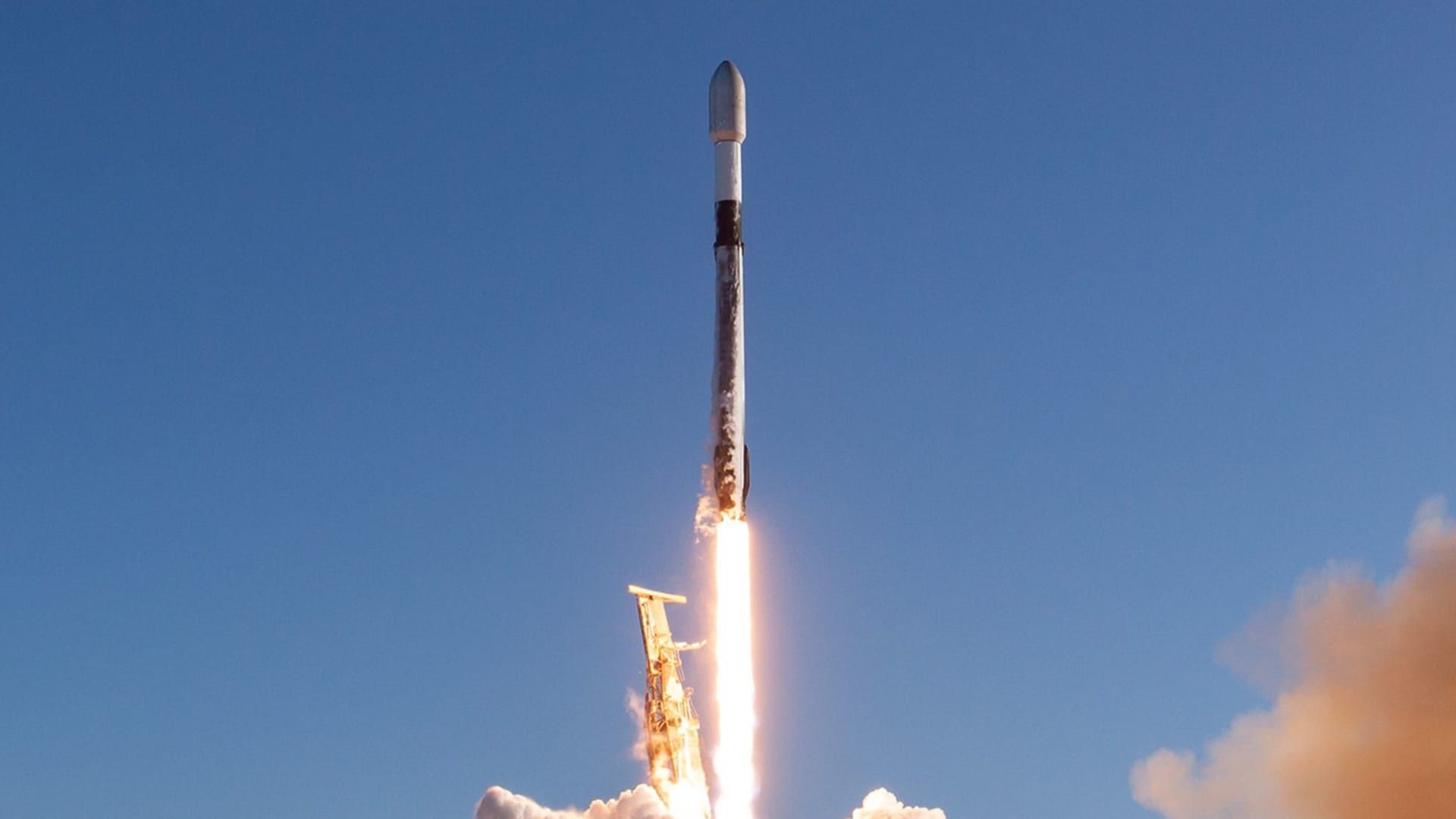A Falcon 9 rocket launches a Starlink mission from Vandenberg Space Force Base in California on January 31, 2023.
SpaceX
The Federal Aviation Administration has approved SpaceX to resume flights of its Falcon 9 main rocket after a brief suspension, and Elon Musk's company plans to launch its next satellite-carrying mission as early as Saturday.
The FAA clearance came just 15 days after the rocket suffered a rare in-flight failure while in orbit during the launch of Starlink satellites.
“The FAA has determined that there were no public safety issues involved” in the July 11 crash, the regulator said in a statement to CNBC late Thursday., allowing the rocket to “return to flight operations while the overall investigation remains open.”
The pause was unusually brief due to a flight failure, but SpaceX argued that the rocket’s rapid launch pace — an average of every two to three days this year — and “unprecedented levels of flight data” from nearly a decade of more than 300 consecutive successful orbital launches supported a quicker return to service.
“Safety and reliability are the foundation of SpaceX's operations. We would not have been able to achieve our current pace without this approach,” the company wrote in a statement posted on its website on Thursday.
Sign up here to receive weekly editions of CNBC's Investing in Space newsletter.
During the July 11 launch, the rocket's lower first stage, or booster — powered by nine engines — performed as expected before returning to Earth. But the rocket's upper second stage, which has only one engine, failed to re-ignite as planned and was unable to complete its mission.
SpaceX traced the cause of the mid-flight failure to a tube known as a “sense line,” a part of the rocket’s system for liquid oxygen, one of the propellants used to power the second-stage engine. A loose clamp for that tube and intense vibration from the rocket engine caused a crack, the company said. That cracked sense line resulted in a leak of liquid oxygen, which caused damage to the rocket engine when it attempted to restart in space.
The company said it would remove the tube and associated pressure sensor from the rocket's upper stage engine “for near-term launches,” noting that it is not a safety-critical component. The company plans to rely on alternative sensors in the meantime as it is currently testing a longer-term design change under FAA oversight.
“An additional qualification review, inspection and cleaning of all sensing lines and clamps on the active booster fleet led to proactive replacement at select locations,” SpaceX added.









